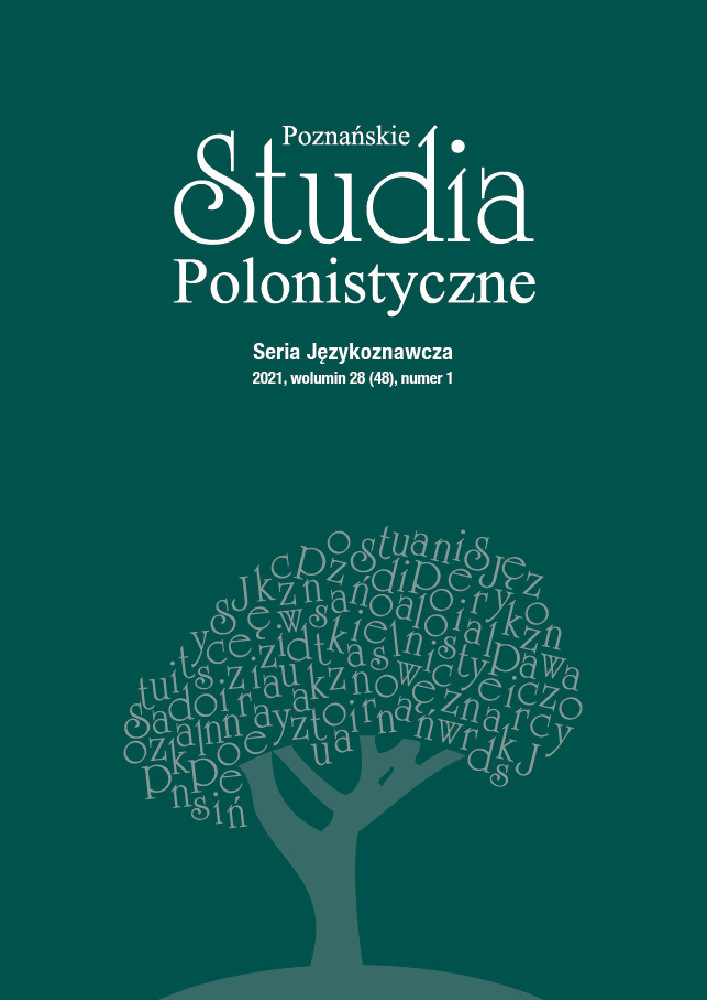Abstrakt
The article discusses the practical use of plain language rules in editing law-related texts. The author believes that it is possible and worth the effort to write legal texts in accordance with the rules of plain language, i.e. with the expected reader in mind, giving examples of rewritten sentences taken from the articles for an online law portal. The author divides the processes in terms of ‘structural order’ and ‘linguistic order’ and shows that even cosmetic editing in the spirit of plain language, without affecting the text’s structure, improves its intelligibility.
Bibliografia
Kimble Joseph (2011), Strike Three for Legalese, w: tenże, Lifting the Fog of Legalese. Essays on Plain Language, Durham.
Piekot Tomasz, Zarzeczny Grzegorz, Moroń Ewelina (2019), Standard „plain lan¬guage” w polskiej sferze publicznej, w: Lingwistyka kryminalistyczna. Teoria i praktyka, red. Monika Zaśko-Zielińska, Krzysztof Kredens, Wrocław, s. 197–214.
Pinker Steven (2016), Piękny styl. Przewodnik człowieka myślącego po sztuce pisania XXI wieku, Sopot.
Wróblewski Bronisław (1948), Język prawny i prawniczy, Kraków.
Zandberg-Malec Justyna (2020), Prawnicy chcieliby pisać prosto, ale nie mają czasu, „The Clarity Journal”, nr 81, s. 19–21.
Zandberg-Malec Justyna, Pietryka Artur, Kozłowska Maria (2020), Zrozumiałe poucze¬nia dla zatrzymanych, „Co do zasady”, 10 grudnia, https://codozasady.pl/p/zrozu¬miale-pouczenia-dla-zatrzymanych [dostęp: 4 stycznia 2021].
Licencja
Autorzy
Autor oświadcza, że przysługują mu osobiste i majątkowe prawa autorskie do utworu publikowanego w czasopiśmie „Poznańskie Studia Polonistyczne. Seria Językoznawcza”, oraz że nie są one ograniczone w zakresie objętym umową autorską, oraz że utwór jest dziełem oryginalnym i nie narusza majątkowych lub osobistych praw autorskich innych osób, ani innych praw osób trzecich, w tym dóbr osobistych.
Autor(zy) zachowują pełne prawa do dalszego, swobodnego rozporządzania utworem, udzielając Uniwersytetowi im. Adama Mickiewicza w Poznaniu niewyłącznej i nieodpłatnej licencji CC BY-ND 4.0 Międzynarodowe na korzystanie z utworu bez ograniczeń terytorialnych przez czas nieokreślony na określonych umową autorską polach eksploatacji.
Użytkownicy
Zainteresowani użytkownicy internetu uprawnieni są do korzystania z utworów opublikowanych od 2016 roku w „Poznańskich Studiach Polonistycznych. Serii Językoznawczej” pod następującymi warunkami:
- uznanie autorstwa – obowiązek podania wraz z rozpowszechnionym utworem informacji, o autorstwie, tytule, źródle (odnośniki do oryginalnego utworu, DOI) oraz samej licencji;
- bez tworzenia utworów zależnych – utwór musi być zachowany w oryginalnej postaci, nie można bez zgody twórcy rozpowszechniać np. tłumaczeń, opracowań.
Do wszystkich tekstów opublikowanych przed 2016 r. prawa autorskie są zastrzeżone.
Inne
Uniwersytet im. Adama Mickiewicza w Poznaniu zachowuje prawo do czasopisma jako całości (układ, forma graficzna, tytuł, projekt okładki, logo itp.).

